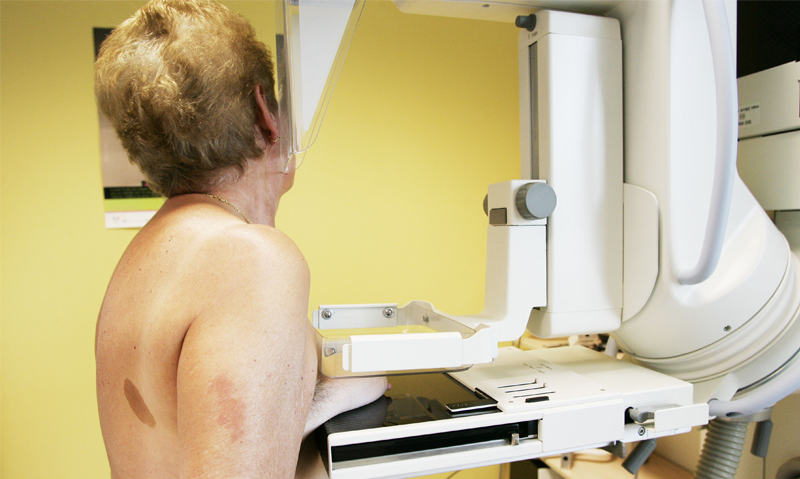AUSTRALIA remains committed to a biennial breast screening program from age 50 years despite a US recommendation that women with an average risk of breast cancer be screened annually from age 45 years.
The American Cancer Society (ACS) last week released an update of its 2003 breast cancer screening guidelines for women at average risk of breast cancer. (1)
Key features of the updated guidelines include a recommendation for annual screening mammography for women aged 45‒54 years, with biennial screening from 55 years if the woman is healthy and with a life expectancy of at least 10 years. The updated guidelines recommend against routine clinical breast examination (CBE), due to a lack of evidence for its benefit.
The ACS had previously recommended annual screening from age 40 years, continuing for as long as a woman remained healthy. CBE was recommended periodically for women aged in their 20s and 30s and annually for women 40 years and older.
BreastScreen Australia provides biennial mammograms for women aged 50‒74 years who don’t have breast cancer symptoms. (2)
Professor Sanchia Aranda, CEO of the Cancer Council Australia, said Australia had taken an internationally recognised approach to population-based screening that included biennial rather than annual screening, and did not recommend screening for women aged less than 50 years.
“The prevalence of breast cancer is lower in younger women and their breasts are denser, therefore the mammographic screen at a population level is not as accurate in detecting breast cancers in this group as it is for women who are postmenopausal”, she told MJA InSight.
However, she said this did not preclude an individual woman from discussing their personal risk with their GP.
“That often includes a recommendation for a baseline mammogram at 40, which helps to establish the density of the woman’s breast. If a woman doesn’t have dense breasts and has a family history, then the GP can make a recommendation for them to participate in screening before the age of 50”, Professor Aranda said.
A spokesperson for BreastScreen said mammographic screening was available to asymptomatic women aged 40‒49 years if requested, but women in this age group were not actively invited into the program.
“This policy is based on the consideration of: currently available research evidence; harms and benefits to women; and relative costs and benefits in undertaking a population-based screening approach”, the spokesperson said.
Last year, the program was extended to women aged 70‒74 years. Professor Aranda said this change reflected increases in general life expectancy in the population.
Professor John Boyages, professor of breast oncology at Macquarie University, said Australia should take note of the US recommendations.
While he acknowledged the difficulties in screening younger women, he said younger women were more likely to present with more aggressive cancers.
“I have been advocating [screening from age 45] for 10 years now”, Professor Boyages told MJA InSight. “Women aged 45‒50 have nearly the same risk of breast cancer as women aged 50‒55. In my practice, we are constantly seeing women aged 45‒50, and it just seems to me that the latest round of government negotiations that extended the age from 70 to 74 years, have left out this very important group.”
Professor Boyages warned that the US recommendation against CBE did not mean that this did not have a role in primary care, saying he strongly recommended that patients see their GP once a year for a regular check-up, including a CBE.
In making its recommendations, the ACS considered the findings of an observational study comparing biennial and annual screening for 15 440 women with a breast cancer diagnosis.
The study found that premenopausal women diagnosed with breast cancer after a biennial mammogram were more likely to have tumours with less favourable prognostic characteristics than women with breast tumours diagnosed after annual screening. (3)
Professor Aranda said this finding was important and pointed to the potential for tailored screening. However, she said there were still many challenges in a more individualised approach to screening, including the difficulty in defining a woman’s menopausal status.
A more important priority was to engage eligible women in the existing system rather than considering screening at younger ages or more frequent screening, Professor Aranda said. Currently only 54% of eligible women participated in the breast screening program.
(Photo: CIOT / Science Photo Library)

 more_vert
more_vert